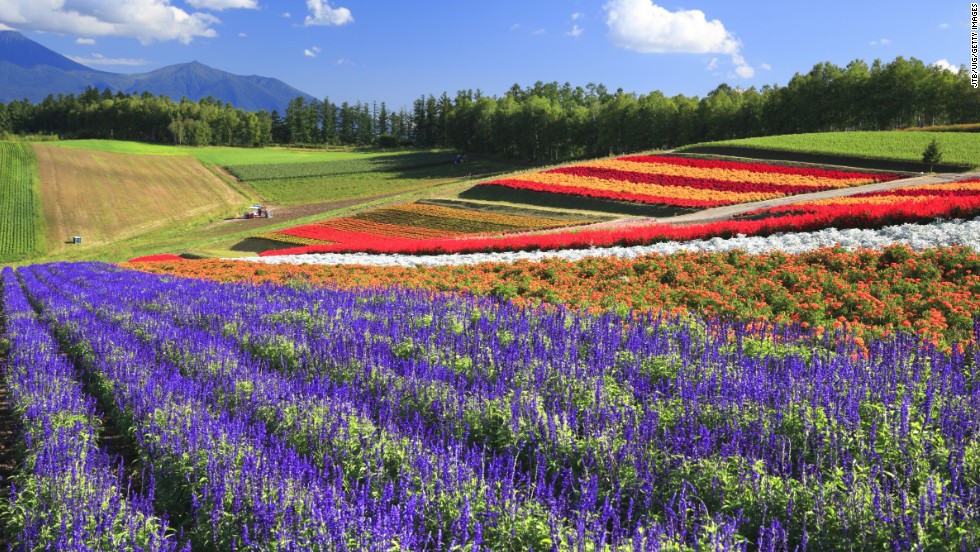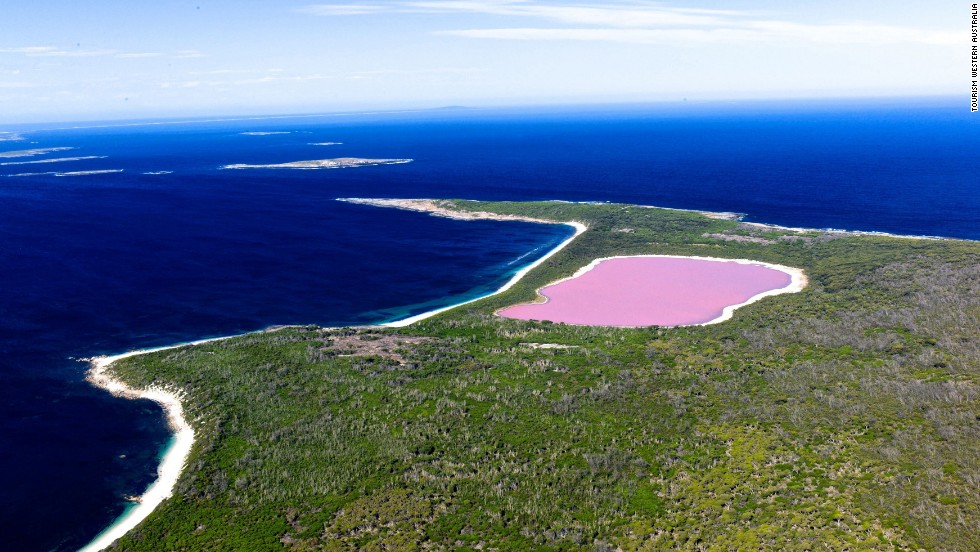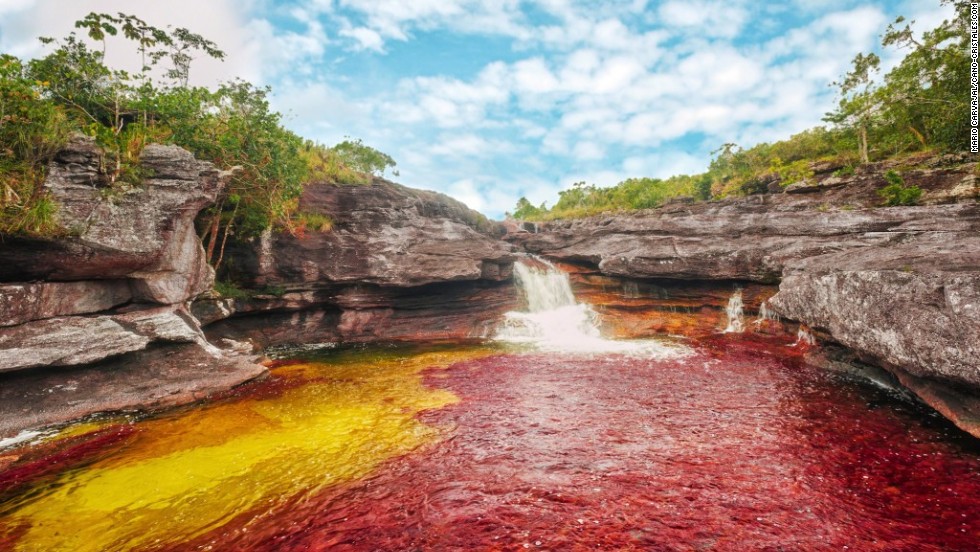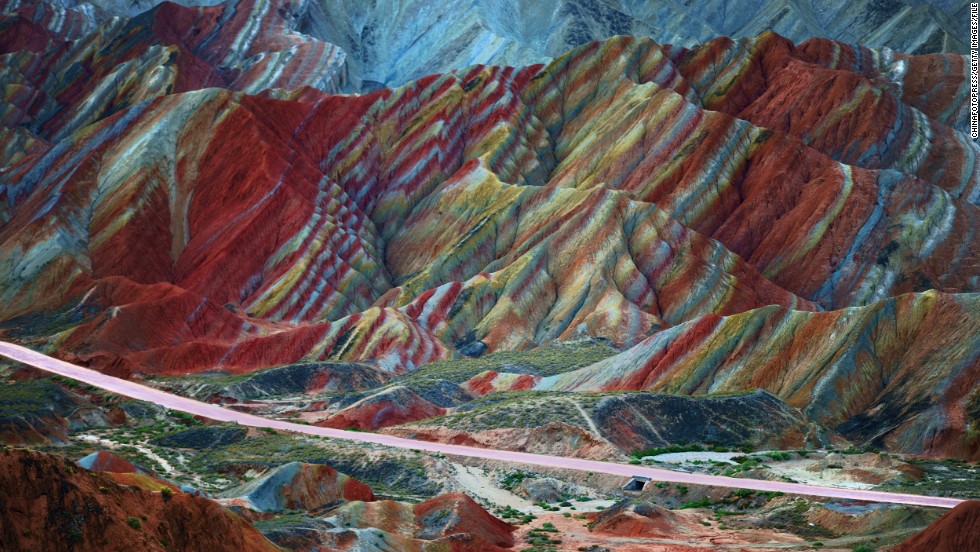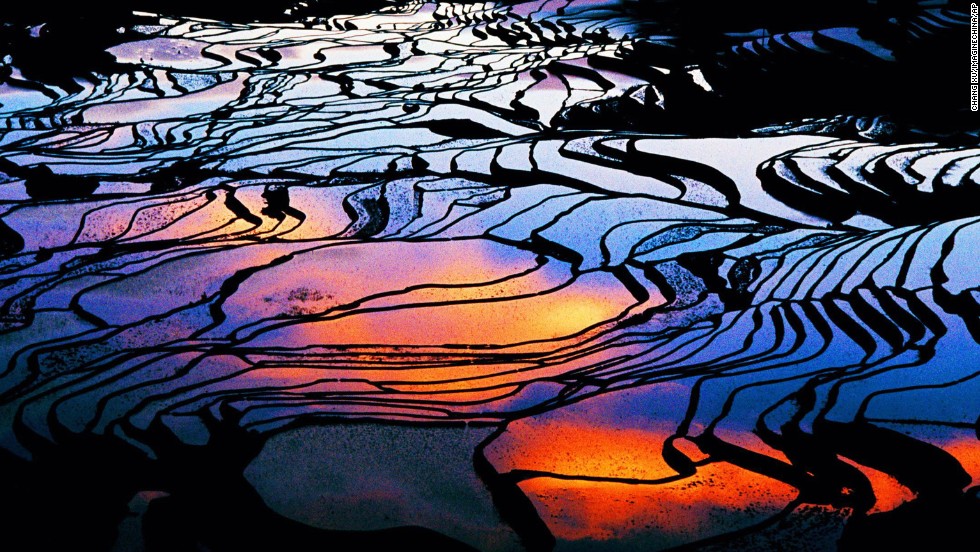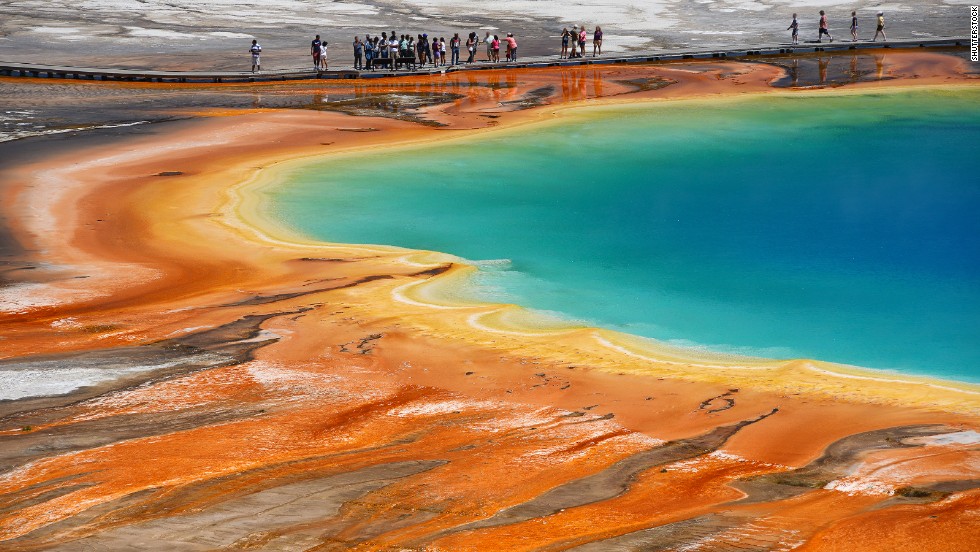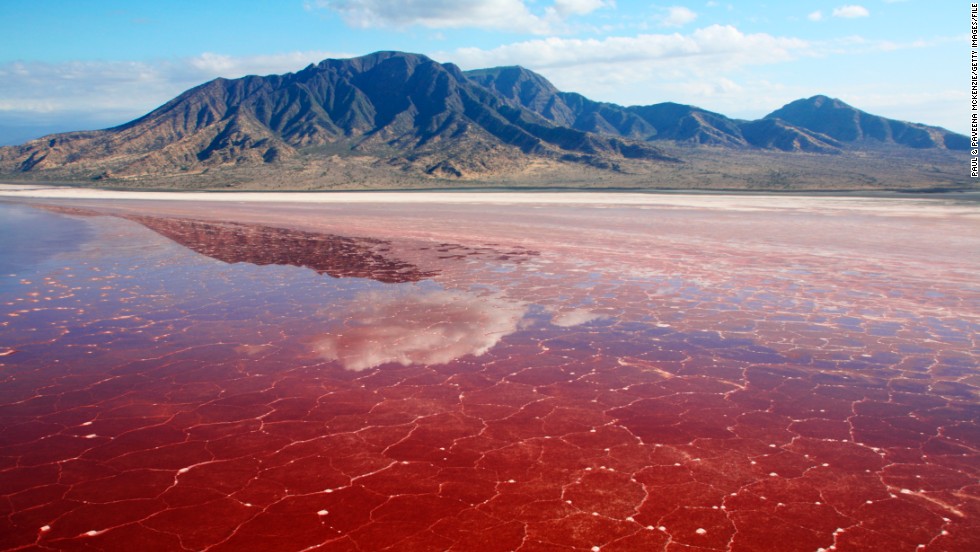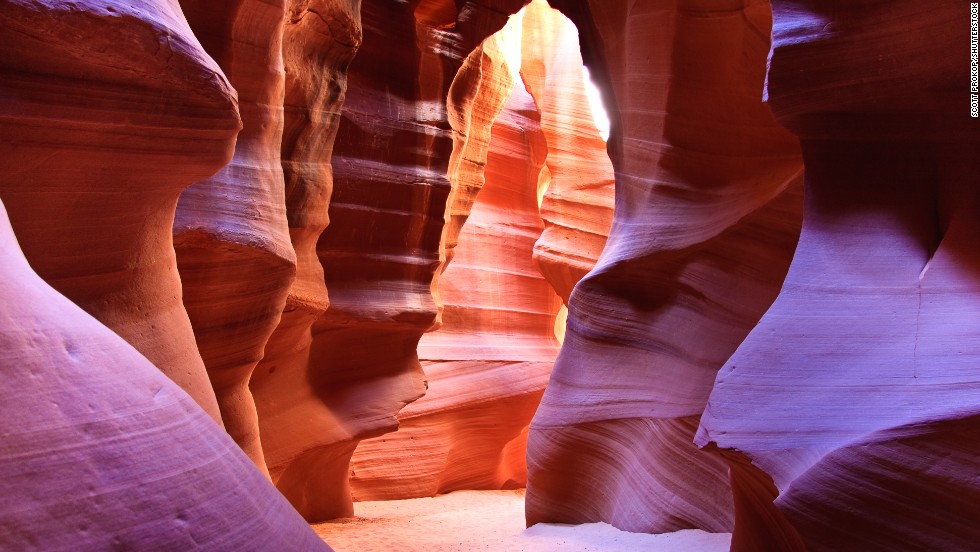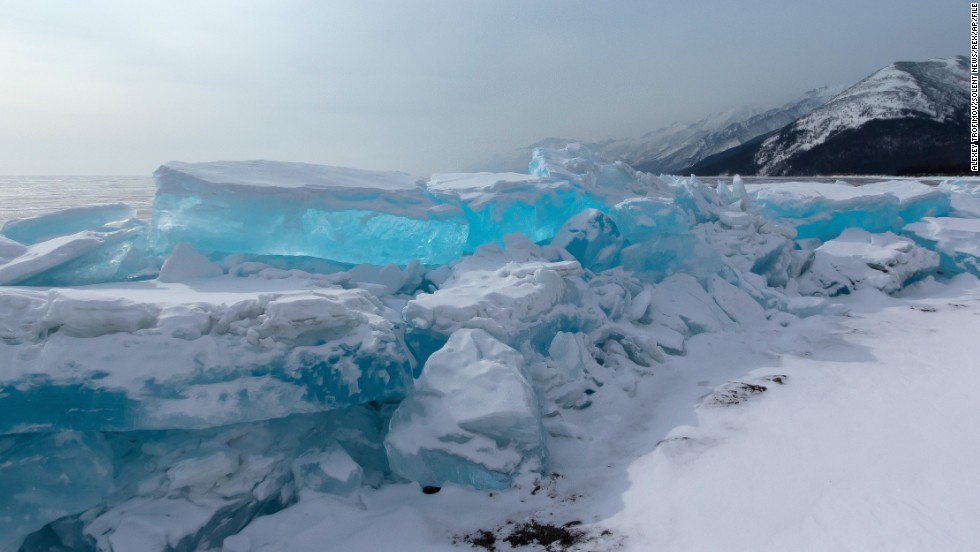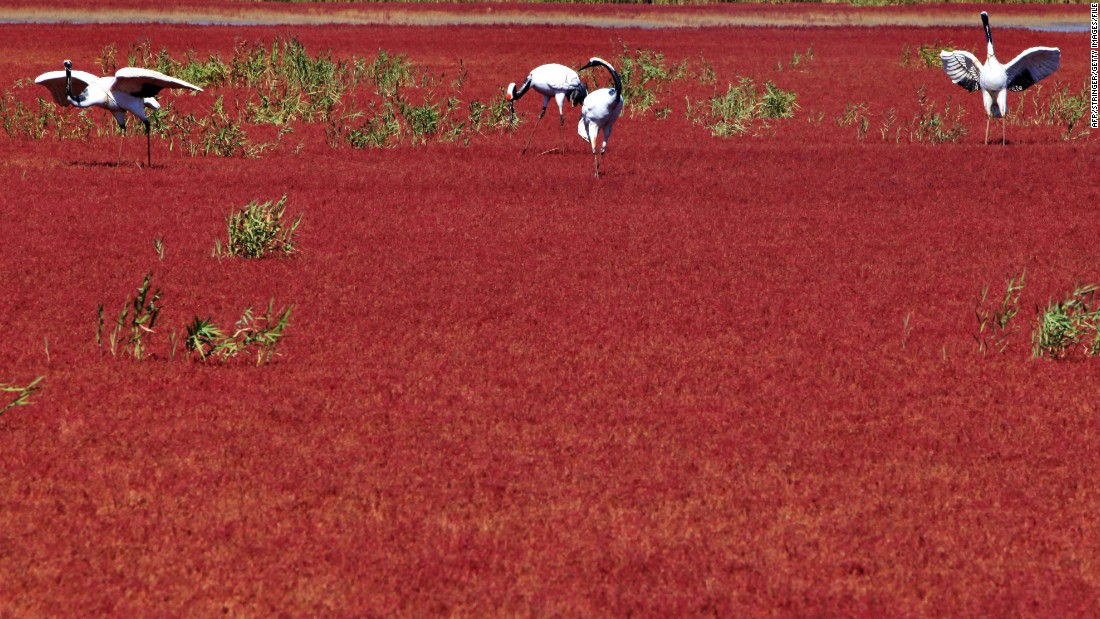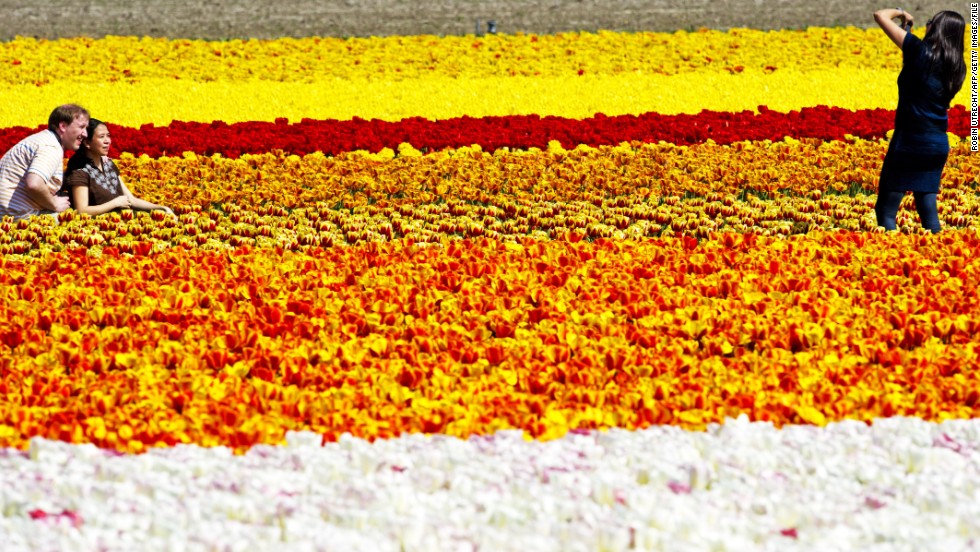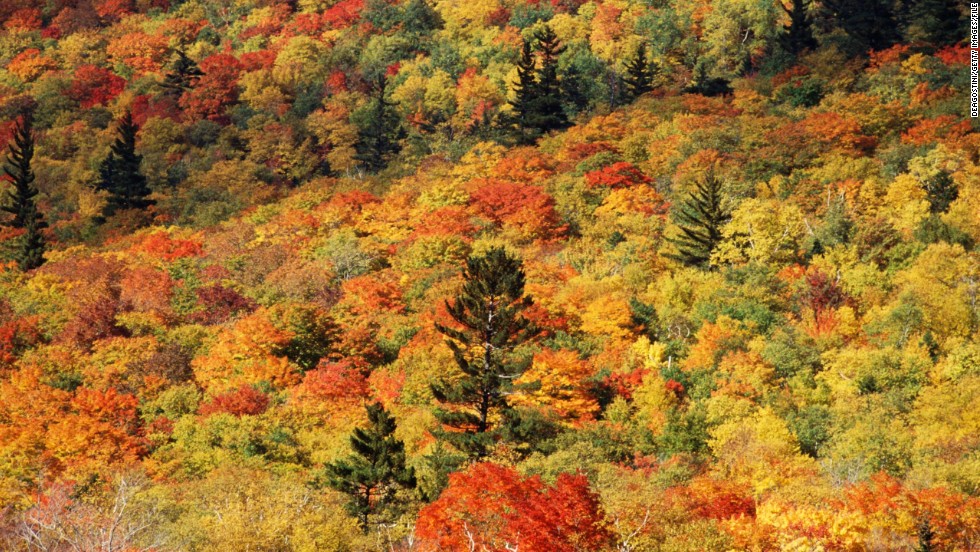एजेन्सी । प्राकृतिक दृश्य सबैलाई मनपर्छ । त्यमाथि रंगिन प्राकृतिक दृश्यले त सबैलाई लठ्ठै पारिदिन्छ । प्राकृतिक रंगिन दृश्य देखेपछि कयौं मानिसहरु ठाउँ खाज्ने र त्यहाँ पुग्न उत्सुक हुन्छन् ।
नपुग्नेहरु पनि इन्टरर्नेटबाट खोजि–खोजि त्यस्ता तस्वीर हेरेर भरपूर आनन्द लिन्छन् । तर, सबै रंगिन प्राकृतिक दृश्य मन लोभ्याउने खालकै हुन्छ भन्ने छैन । त्यसैले यी हुन् विश्वका उत्कृष्ट १५ प्राकृतिक दृश्य ।
यद्यपि, यी मध्ये कुनै-कुनै दृश्य मानव निर्मित मानिएका छन् । यी हेरेपछि मनै रंगिन हुन्छ । यी मध्ये धैरे स्थानहरुमा पुग्न निकै गाह्रो छ । यद्यपि, तस्वीर नै हरेपनि जो कोहीले नजिकैबाट नियालेको महशुस गर्दछन् ।



